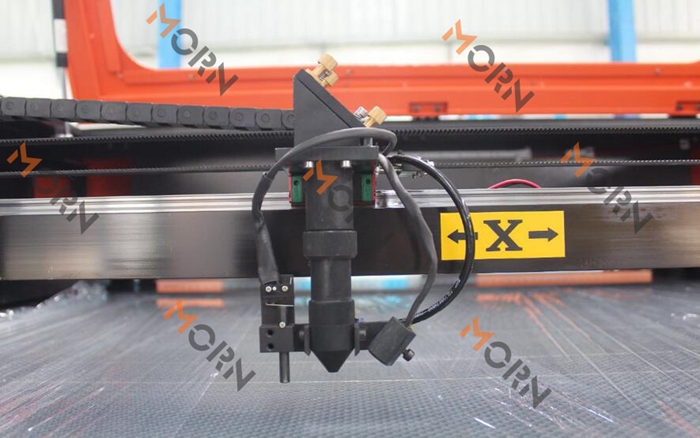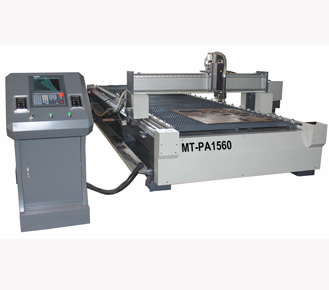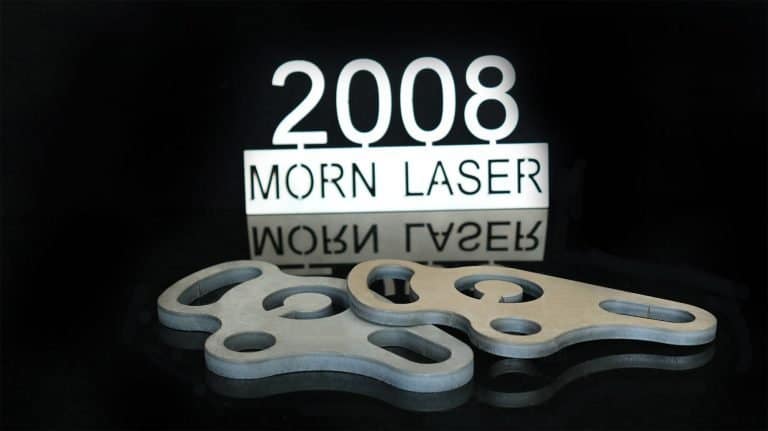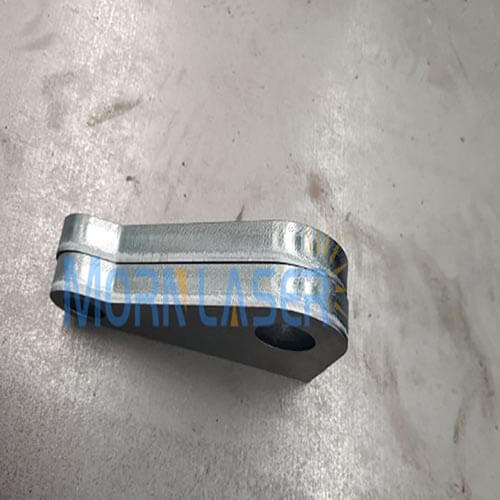Modern manufacturing factories have invested an increasing amount of money in their favorite computer numerical control (CNC) technology. CNC technology not only updated the modes of production of traditional industries into a very fast and high quality but also relieved a mass of labors from repetitive and heavy work.
Manufacturers who have a special request for precision are sparing their effort to invest both lots of money and energy to develop CNC technology. As a main application branch of CNC, laser cutting technologies skyrocket in these decades. So this article intends to talk about 5 cutting technologies respectively.
1.Laser Cutting
Being widely used in advertising industries and architectural models for mini acrylic character cutting, light box, logo production, plastic and wood models and more, laser cutting is suitable for cutting paper, copper, wood, aluminum and so forth. The most commonly used laser cutting machine is called carbon dioxide (CO2) laser.
2.Oxy–Fuel Cutting
Oxy-fuel cutting works best when cutting thinner metals. Compared with laser cutting and plasma cutting, this method is more affordable for you if your production involves cutting thin or medium metals or other materials.
3.Electric Discharge Machining (EDM)
EDM technique is to some extent the most powerful cutting method among these 5 cutting technologies, because it can cut almost any material that is even harder than steel. EDM is a one kind cutting technique, for the cutting objects and the electrode never touch each other.
4.Plasma Cutting
Plasma cutting utilizes the heat produced by high-temperature plasma arc to melt and vaporize the cutting edges of the materials. This method cuts pretty fast especially regarding to thinner metal sheets or plates.
5.Water Jet Machining
Water jet machining can be controlled by computer automatically and it can cut any material except for tempered glass. This technique requires to use amount of high-pressure and fast-speed water to cut two-dimensional materials. One of the most favorable advantages of this is that the chippings produced from cutting materials can be flowed away by water, increasing work efficiency markedly.
More advancements in cutting technologies will be created continuously with more effort spent in the field. These techniques will contribute more to people’s production and lives.






